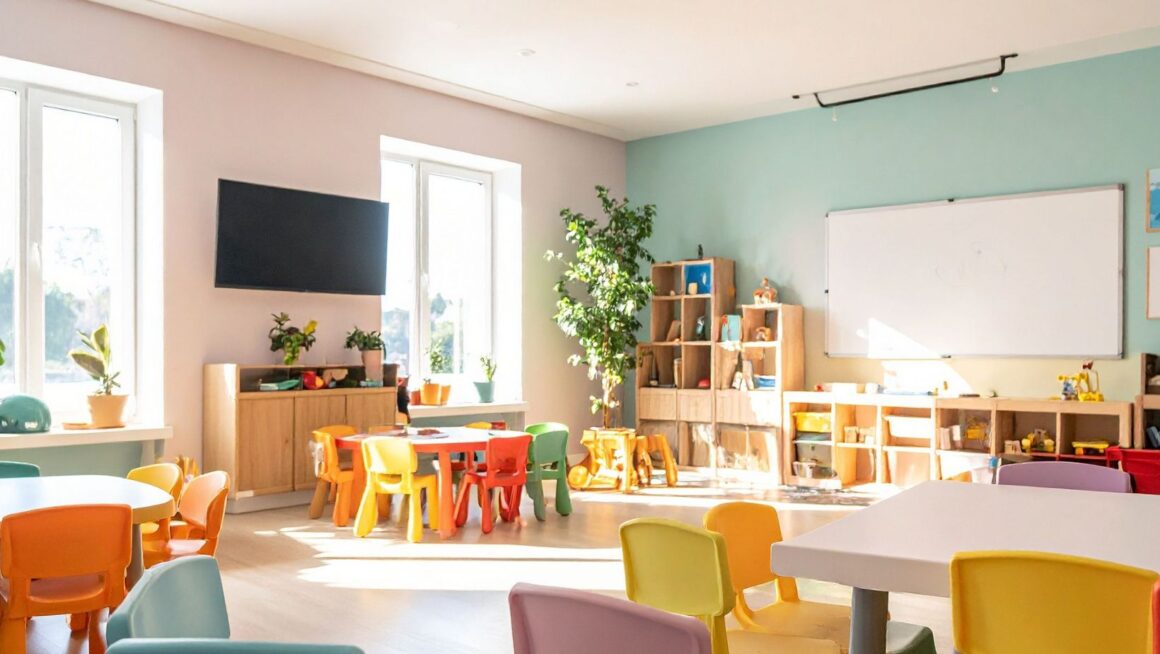Inclusivity within the classroom environment is all about establishing a place of mutual respect. The goal is to ensure that all teachers, students, and stakeholders feel seen and empowered to participate to the fullest extent appropriate for their role. By stakeholders, we also include parents in that mix. The saying goes that it takes a village.
We now live in an age where there are no legal barriers to learning for the vast majority of public school students.
However, social and communicative barriers still exist and continue to influence the way people experience their schools. Often, these barriers are present unintentionally. A student might feel different from their peers because of their socioeconomic background. They might literally struggle to communicate if they speak a different native language than the rest of their classmates. They might feel ostracized because of their gender identity or sexual orientation.
While none of these situations are typically orchestrated deliberately, they all have a strong impact on how that student experiences school life. In this article, we’ll take a look at what can be accomplished through effective communication.
The Ingredients for Collaboration in Schools
It’s now easier than ever to communicate collaboratively with everyone involved in the educational process. From an internal perspective, teachers can share statistics and personal notes about students through digital platforms as well as through traditional face-to-face conversations.
Because student information can now be stored and accessed through cloud-based technology, it’s much easier and faster to get everyone on the same page. Modern education is highly collaborative, and technology has dramatically accelerated this process.
A typical fifth-grade student might have a homeroom teacher, but also a science instructor, a math instructor, an English instructor, a STEM lab teacher, an art teacher, and possibly a social worker they visit for personal reasons. All of these professionals need to interact seamlessly for the benefit of the student. While in-person meetings still play an important role, the ability to access and share information digitally is a massive advantage.
Digital tools have also improved the way educators communicate with parents. Where once an after-school meeting or a quick chat in the parking lot was required, teachers can now send instant messages to parents through a variety of communication apps. This gives parents who can’t spend much time at the school an opportunity to stay engaged. It also increases accountability, making it easier to share information quickly and achieve better results.
How Students Communicate Within School Systems
The way students communicate with their schools and home support systems is still more manual in nature. Many schools are fostering stronger communication by emphasizing social-emotional learning alongside academic instruction.
Modern students are encouraged to look inward at the start of each day—monitoring their feelings and speaking up when something doesn’t feel right. These systems are valuable and impactful but can also be challenging to maintain. Teachers already have countless responsibilities, and few of them fall squarely into managing a complex communication workflow.
Nevertheless, schools have made tremendous progress and continue to advance year by year in creating more effective communication opportunities. Each improvement—whether technological, procedural, or cultural—brings classrooms closer to being inclusive spaces where every voice is heard and valued.
Communication Encourages an Environment of Active Listening
Active listening is a process by which one person takes multiple steps to signal to another that they are paying attention to them.
This sounds like a very basic aspect of having a conversation, but it’s actually pretty rare in the way people communicate most of the time in practice.
For example, an active listening adherent will make a very special point of making eye contact, paraphrasing statements to confirm that they are listening, and asking thoughtful follow-up questions that advance the conversation in the direction that both participants are striving for.

Not only is it a powerful vehicle for social-emotional growth, but it’s also a genuinely valuable personal and professional skill that can and should be taught in classrooms.
When teachers are able to prioritize high-quality communication in their classrooms, they are also naturally teaching their students a skill that can be valuable both in their personal interactions and in their eventual development into a professional.
Developing Communication as a Skill
There are also some children who simply need to focus more specifically on developing their communication skills than others. People who have been born with a physical or intellectual barrier to communication certainly fall into this category.
In these cases, developing strong communication development techniques are an important component of education. That said, in many times, external intervention in the form of a speech language pathologist or special educator may be required.
Strengthened Community Bonds
Studies also consistently show that when students feel invested in the community aspect of a classroom, they tend to do better. Students are more likely to attend school regularly when they have strong connections with their classmates. They also tend to perform better in terms of standardized test scores and grades.
Having a sense of community within a classroom—particularly an inclusive one—can sometimes be difficult to foster, but when teachers integrate communicative and social-emotional practices, it goes a long way toward establishing deeper connections.
Early Detection of Problems
Finally, open communication in a classroom also makes it much easier to detect problems before they become significant.
When a student is struggling with something personal or academic, they’re far more likely to bring that to the attention of a teacher if they feel comfortable speaking with them.
When teachers establish an environment of open communication early, they make it much easier for students to bring their concerns forward.
Conclusion
The value and importance of communication in a classroom do not show up cleanly in any single category of performance, and yet they can influence every aspect of how a school operates. From parents to teachers to students, everyone benefits from better and more open communication. It’s not always easy to establish, but it doesn’t have to be hard either.
By dedicating a focused 15–20 minutes each day to skill building, teachers can integrate practices that transform the way their students experience school.


